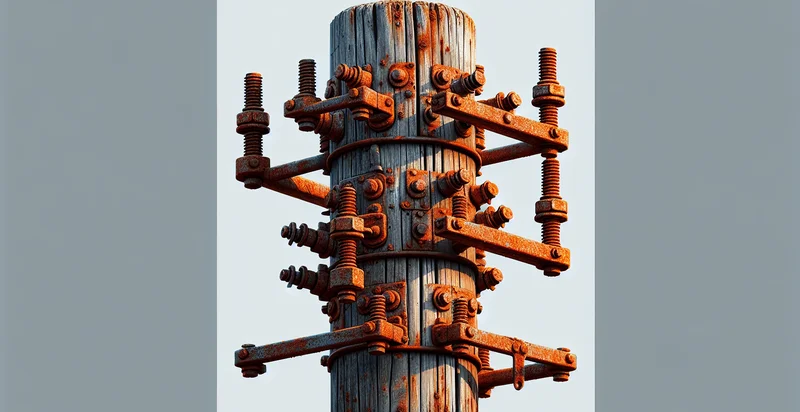Identify conduit type
using AI
Below is a free classifier to identify conduit type. Just upload your image, and our AI will predict what type of conduit it is - in just seconds.

Contact us for API access
Or, use Nyckel to build highly-accurate custom classifiers in just minutes. No PhD required.
Get started
import nyckel
credentials = nyckel.Credentials("YOUR_CLIENT_ID", "YOUR_CLIENT_SECRET")
nyckel.invoke("conduit-type", "your_image_url", credentials)
fetch('https://www.nyckel.com/v1/functions/conduit-type/invoke', {
method: 'POST',
headers: {
'Authorization': 'Bearer ' + 'YOUR_BEARER_TOKEN',
'Content-Type': 'application/json',
},
body: JSON.stringify(
{"data": "your_image_url"}
)
})
.then(response => response.json())
.then(data => console.log(data));
curl -X POST \
-H "Content-Type: application/json" \
-H "Authorization: Bearer YOUR_BEARER_TOKEN" \
-d '{"data": "your_image_url"}' \
https://www.nyckel.com/v1/functions/conduit-type/invoke
How this classifier works
To start, upload your image. Our AI tool will then predict what type of conduit it is.
This pretrained image model uses a Nyckel-created dataset and has 17 labels, including Aluminum, Braided, Cable, Concrete, Emt, Fiber Optic, Flexible, Galvanized, High Pressure and Low Pressure.
We'll also show a confidence score (the higher the number, the more confident the AI model is around what type of conduit it is).
Whether you're just curious or building conduit type detection into your application, we hope our classifier proves helpful.
Related Classifiers
Need to identify conduit type at scale?
Get API or Zapier access to this classifier for free. It's perfect for:
- Utility Infrastructure Monitoring: Utility companies can leverage the conduit type identifier to automate the inspection of underground conduits. By analyzing images of conduits, the system can accurately classify them, identifying potential issues related to material degradation and enabling proactive maintenance.
- Construction Site Management: In construction projects, proper conduit classification is essential for ensuring compliance with safety standards. The function can streamline the material selection process by automatically identifying the type of conduits present on site, thereby reducing errors and enhancing efficiency in project execution.
- Smart City Development: Urban planners can use the conduit type classification to assess existing infrastructure and plan for future developments. By accurately identifying types of conduits in the urban landscape, planners can make informed decisions about resource allocation and infrastructure improvements.
- Environmental Monitoring: Environmental agencies can utilize the conduit type identifier to evaluate and classify various underground conduits during environmental assessments. This data can be critical in assessing potential contamination risks related to different conduit materials and their proximity to water sources.
- Telecommunications Deployment: Telecommunications companies can employ the conduit type classification system to identify suitable pathways for laying fiber optic cables. By quickly classifying existing conduits, companies can optimize network deployment strategies and reduce installation times.
- Insurance Risk Assessment: Insurance companies can use the conduit type identifier in their risk assessment models for properties. Identifying the type and condition of conduits at insured locations can help in determining potential liabilities and adjusting policy terms accordingly.
- Academic Research and Development: Researchers in civil engineering or material science can use the conduit type classification function to gather data for studies on material performance. By classifying and analyzing various conduit types and their conditions, researchers can contribute to the development of safer and more durable infrastructure materials.


